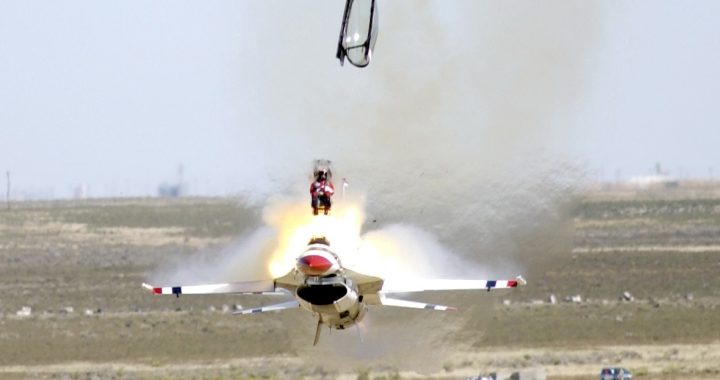Well-known Jet Ejections Of The Aviation History (Part 2)
Last time we presented a list of the ell-known jet ejections of the aviation history (part 1) and now we are back with some more of them. Most of the jet ejections this time involve the ones that occurred during the Air Shows that took place around the globe. So without any further wait, let’s … Continue reading Well-known Jet Ejections Of The Aviation History (Part 2)
2 Comments
